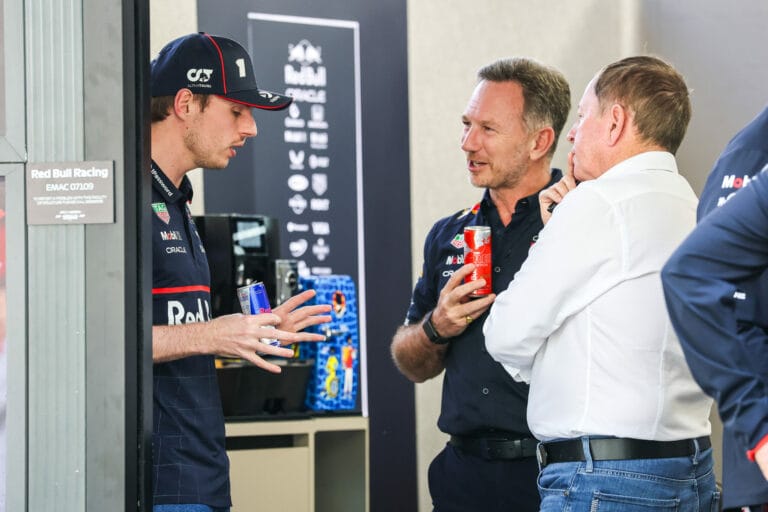The Autódromo José Carlos Pace has been the home of the Brazilian Grand Prix since 1972, a Formula 1 race that has been officially called the São Paulo Grand Prix since 2021. It is a classic on the Formula 1 calendar due to the numerous memorable moments that have taken place there. Max Verstappen won the race in 2019 and 2023.
The first race in 1972, won by Argentine Carlos Reutemann, did not count towards the Formula 1 World Championship. It was only a year later, in 1973, that the race officially appeared on the F1 calendar. Although the circuit is officially named after the driver José Carlos Pace, who died in 1977, it is better known by its old name, Interlagos, which literally means ‘between the lakes’, a reference to the two lakes located to the east and west of the circuit.
Sprint Race in São Paulo: A Race Against Time
Initially, residential houses were planned to be built on the circuit’s location, but the financial crisis of the 1920s thwarted these plans. Eventually, in the late 1930s, it was decided to construct a racing circuit instead. The circuit, which opened its doors in 1940, was nearly eight kilometers long with 26 bends. This original layout was used until 1980, including for Formula 1, but stricter safety requirements led to calls for modifications.
The Brazilian Grand Prix temporarily moved to Jacarepaguá in Rio de Janeiro, but in 1990, Formula 1 returned to São Paulo. The circuit was drastically shortened, provided with a smoother layer of asphalt, but some characteristics were retained. For instance, the circuit still follows the hilly terrain with a rising straight towards the start-finish, followed by a ‘hard’ left bend downwards towards the Senna S-chicane. Another feature is that the circuit runs counter-clockwise, which means a heavy physical burden for the drivers. A testament to this is Ayrton Senna’s victory in 1991, his first home win. After the race, he was so exhausted that he could barely lift the trophy.
Max Verstappen Emerges as a Rain Master in the Heroic 2016 Race
Interlagos is known for its unpredictable weather changes. Heavy storms often occur in São Paulo, where the sun frequently loses out to sometimes heavy rain showers, as the Formula 1 field experienced in 2016. That race began in the rain behind the safety car, but was halted twice because the drainage system could no longer handle the excess rainwater. The race was eventually won by Lewis Hamilton, but the most impressive performance was by Max Verstappen, who emerged as a rain master and finished third from a beaten position.
Record winner at Interlagos is Michael Schumacher, who won there four times. Four Brazilians managed to win in front of their home crowd at José Carlos Pace. In addition to the aforementioned Senna, Emerson Fittipaldi (1973 and 1974), José Carlos Pace himself (1975), and Felipe Massa (2006 and 2008) triumphed on their home circuit. After his last victory, Massa briefly believed he was the world champion. However, due to a late overtaking maneuver on Timo Glock, Lewis Hamilton secured the single point he needed to crown himself world champion for the first time.









